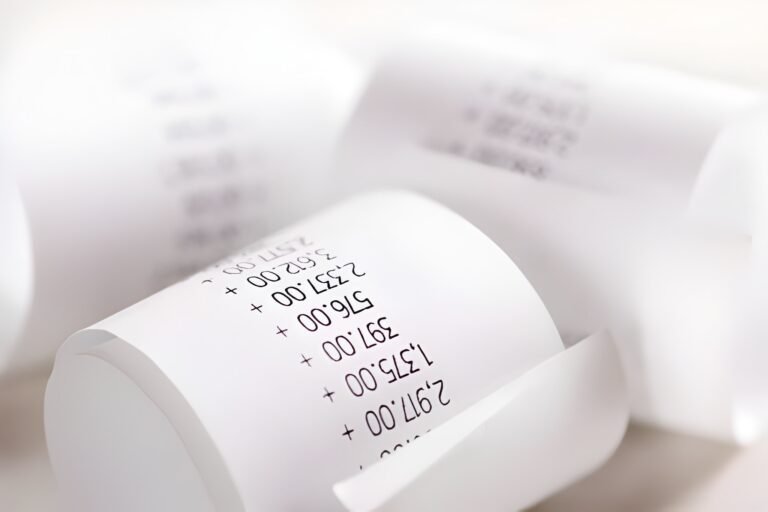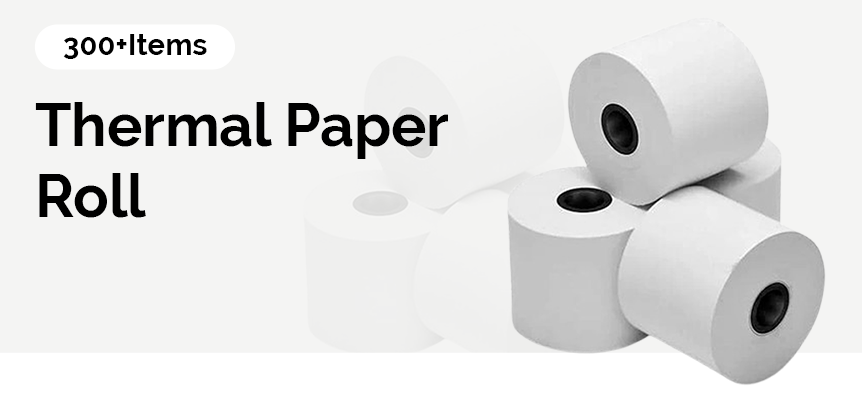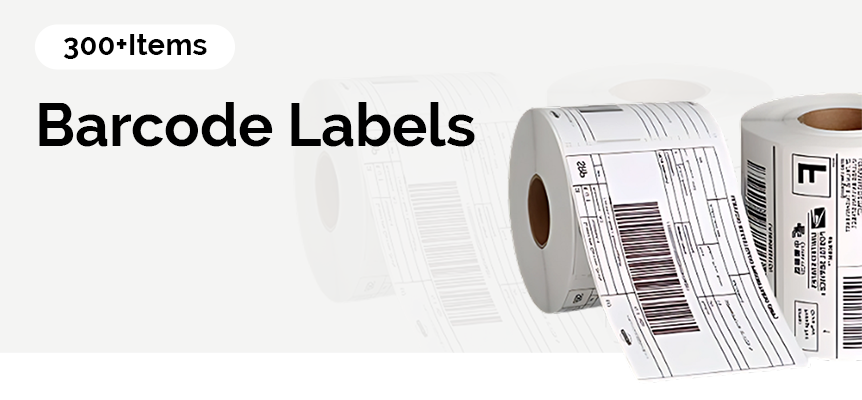There are three ways for you to tell if a receipt is made of thermal paper.
Receipts may appear to be a thing of the past in our digital age, but they continue to be vital to many transactions. It’s important to know how to tell if a receipt is printed on thermal paper because they can deteriorate over time, which could be problematic if you need to look them up later. We’ll look at three practical ways to tell if a receipt is printed on thermal paper or not in this article.
Introduction.
Receipts have become an essential part of our daily lives, serving to record transactions and keep track of purchases. But not all receipts are made equally. While some are printed using traditional ink, others use thermal paper, a type of paper that uses heat to create an image. To preserve records and ensure their longevity, it can be essential to know the type of paper that was used.
Thermal Paper: What is it?
Paper that has been specially coated with a heat-sensitive material is known as thermal paper. The reaction of the paper to heat is a change in color and the creation of text or images. This method saves money and is an effective option for businesses because it does not require printer ribbons or ink cartridges.
Identification of Thermal Paper Receipts Is Important.
For several reasons, recognizing thermal receipt paper is important. First of all, environmental elements like heat, light, and moisture can affect the performance of thermal paper. These elements may cause the text and pictures on thermal receipts to fade over time and become unreadable. In addition, knowing the type of receipt you have can help you handle and store it properly to extend its lifespan.
The Rub Test is the First technique.
To perform the rub test, lightly rub the receipt’s surface with a coin or your fingernail. The receipt was probably not printed on thermal paper if the ink smudges or transfers onto your nail or the coin. Because thermal paper receipts use a heat-based printing process, they are typically more resistant to such smudging.
The Scratching Test is the Second Technique.
Using a paperclip or another small, dull object, scratch a small, inconspicuous area of the receipt to perform the scratching test. The receipt was not printed on thermal paper if scratching it reveals a different color underneath. Receipts printed on thermal paper retain their color through the sheet.
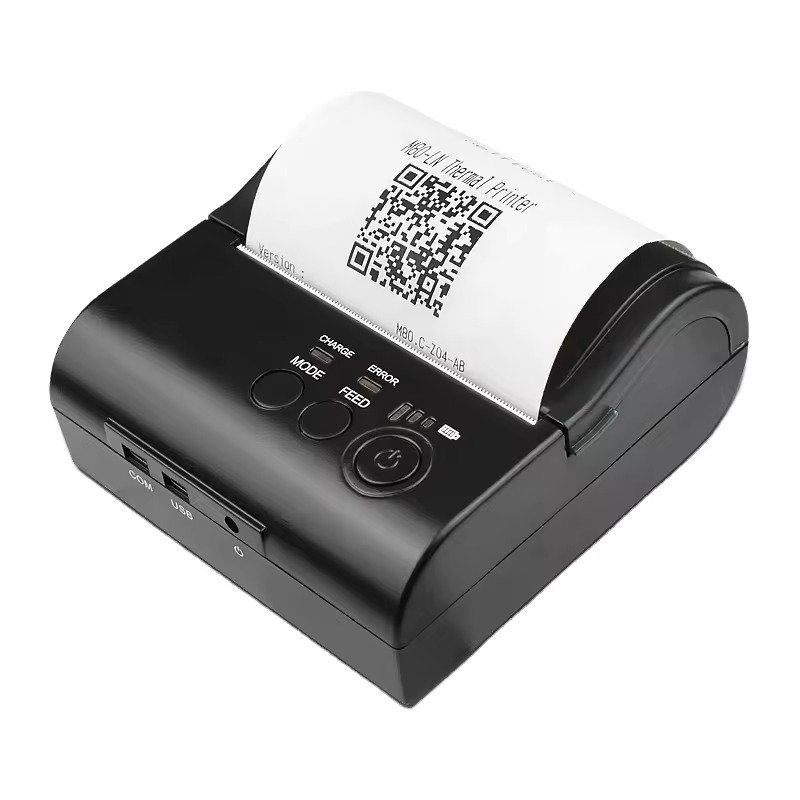
Heat testing is the Third Technique.
The receipt must be slightly warmed up for the heat test using a hairdryer or another mild heat source. It’s probably thermal paper if the color of the paper changes or gets darker where it gets heated. However, take care to avoid overheating the receipt to prevent damage.
Quality Affecting Factors for Thermal Paper.
Thermal paper’s quality can change depending on the manufacturer, storage conditions, and exposure to the elements. The longevity of the receipts is ensured by high-quality thermal paper, which is less likely to fade quickly.
Why Do Some Companies Use Thermal Paper?
- Due to its affordability, speed, and convenience, businesses prefer thermal paper.
- Because thermal printers are frequently quicker than conventional ink printers, they are appropriate for high-volume transactions.
- Thermal paper also lowers maintenance costs because it doesn’t require ink replacements.
- Preserving thermal paper receipts: some helpful hints.
- Away from heat sources and direct sunlight, keep thermal paper receipts.
- To avoid damage brought on by moisture, keep receipts in a dry space.
- To make a backup copy, think about digitizing important receipts.
- To prevent transferring oils and dirt, handle receipts with clean hands.
Considering the environment.
Because some formulations of thermal paper contain chemicals like BPA (bisphenol A), they have drawn criticism. Alternatives to thermal paper that are more environmentally friendly are becoming more popular among some businesses and consumers.
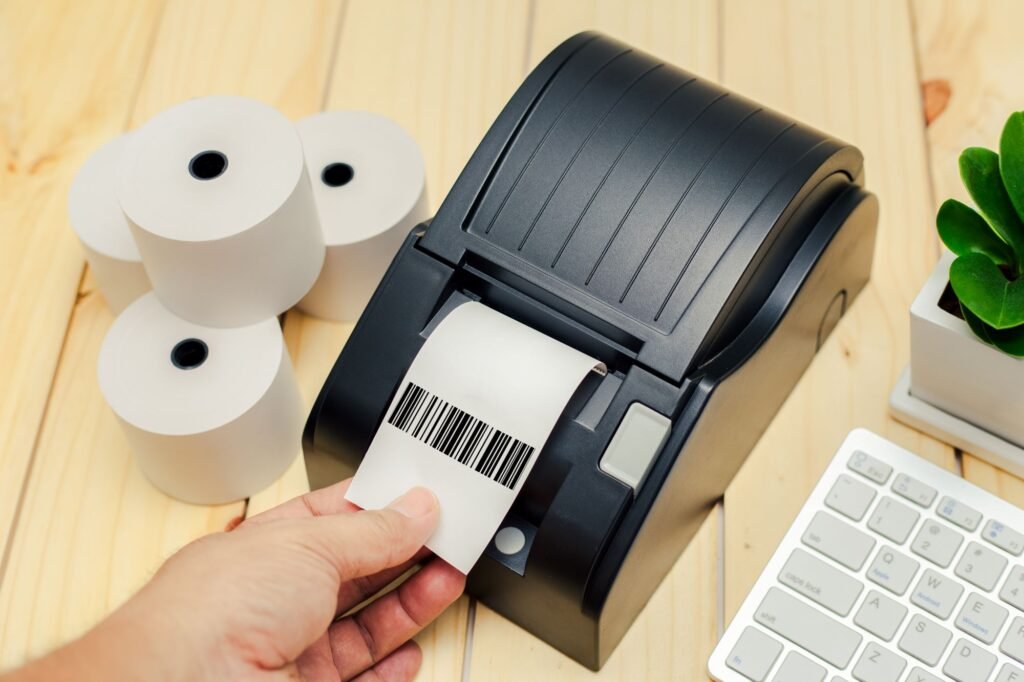
Conclusion.
You can take the necessary actions to protect the content of a receipt by determining whether it was printed on thermal paper. The receipt’s type of paper can be determined by using the heat test, scratching test, and rub test. You can ensure the longevity of your important records by being aware of the properties of thermal paper.
FAQs
- Can you scan and copy thermal paper receipts?
Thermal paper receipts can be scanned and copied, but over time, fading may cause the copied image’s quality to deteriorate.
- Do all faded receipts use thermal paper?
Not. Receipts with ink can also fade, especially in the presence of sunlight and heat.
- Can you safely handle thermal paper?
Although handling thermal paper is generally safe, it’s a good idea to wash your hands after handling receipts because some formulations might contain chemicals like BPA.
- Is it possible to laminate thermal paper receipts to protect them?
It can be dangerous to laminate thermal paper receipts because the heat from the lamination process could cause the receipt to darken or become unreadable.




